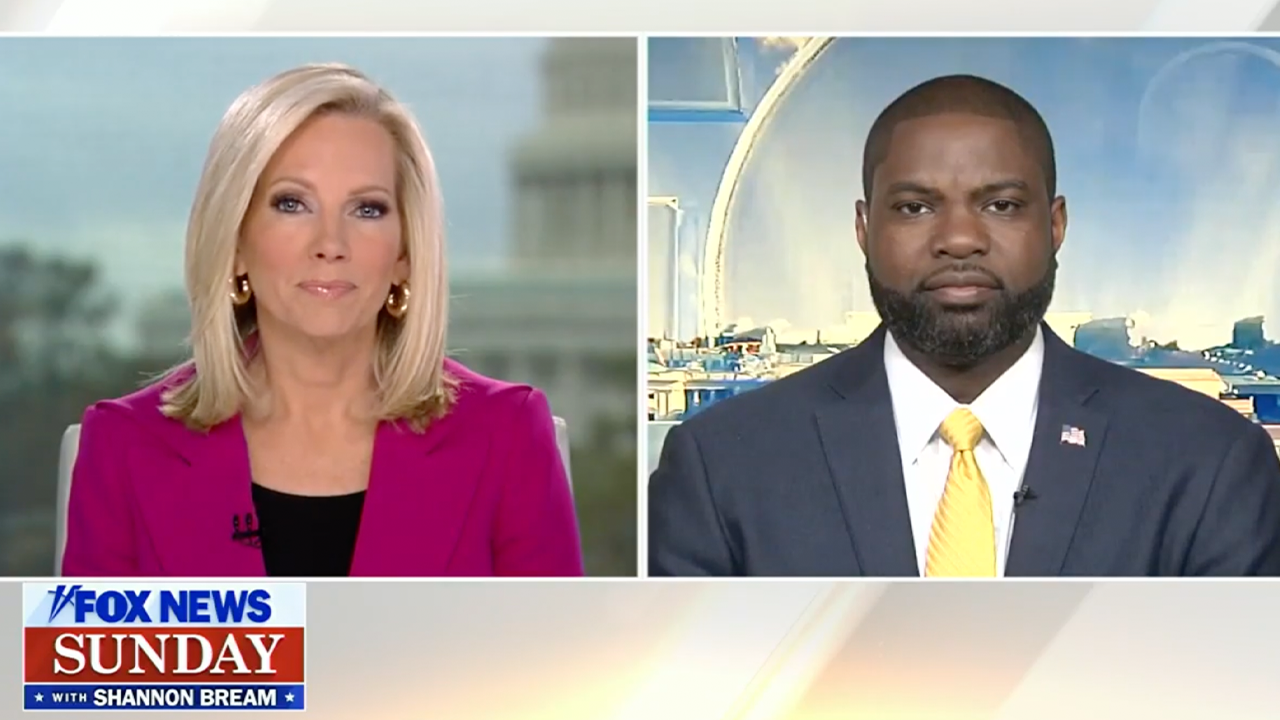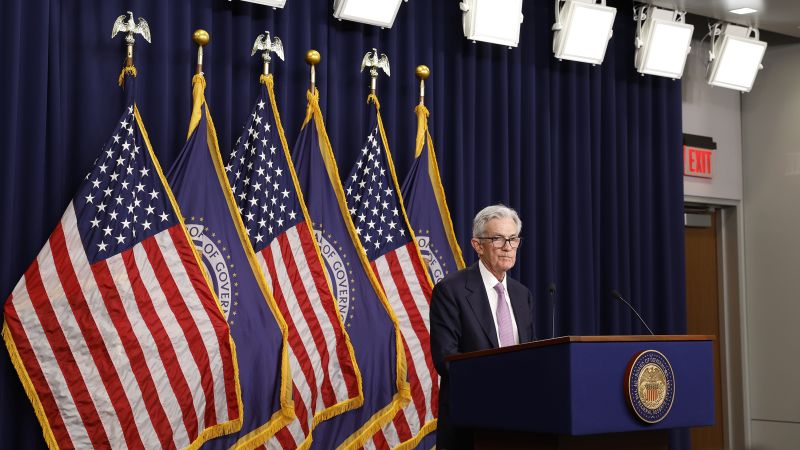New York
Federal Reserve Chair Jerome Powell is known for providing clear signals about the central bank’s next interest rate move in order to avoid roiling markets. But Wall Street was mostly clueless this week when it came to predicting how big a rate cut the Fed would deliver on Wednesday.
What made this time different?
The jumbo half-point cut the Fed ultimately rolled out was not at all what traders expected a week ago. Rather, they were overwhelmingly expecting the Fed to cut by a more traditional quarter point, according to fed funds futures, which capture market expectations for what the central bank will do at upcoming meetings.
By Friday, just four days before the Fed’s two-day policy meeting kicked off, the odds of a half-point versus a quarter-point cut were split evenly at 50-50.
But by Monday, the odds had shifted toward a half-point cut, albeit more narrowly than what’s typically seen so close to the start of a meeting, underscoring the lingering uncertainty over what the Fed would do.
Traders’ lack of conviction regarding the Fed’s next move likely reflected officials’ own internal uncertainty heading into the meeting. But it doesn’t necessarily mean that upcoming rate decisions will be as hard for markets to predict.
In a closely watched speech at the Fed’s annual economic symposium in Jackson Hole, Wyoming, last month, Powell declared “the time has come” to cut interest rates. What he didn’t mention was the size or pace of those cuts.
On Wednesday, Powell acknowledged that omission, telling reporters that central bank officials also “left it open going into blackout.” (Fed officials are prohibited from publicly sharing their views on monetary policy before and after each meeting, a period known as a blackout.)
In the days leading up to this month’s Fed meeting, two crucial economic reports were released: The Consumer Price Index, an inflation gauge that measures the prices consumers pay for goods and services; and the Producer Price Index, which captures prices businesses pay at the wholesale level.
The CPI report showed annual inflation cooled to 2.5% in August, the lowest annual increase since February 2021. The PPI report showed wholesale prices markedly slowed in August to a rate of 1.7% from an annual increase of 2.1% the month before.
That data was apparently enough to spur some Fed officials to reconsider their position. On Friday, Fed Governor Christopher Waller said the inflation numbers pushed him toward wanting to cut rates by a half point, but that prior to their release he thought cutting by a quarter point “would have been a good idea,” he shared in an interview with CNBC.
Still, even with minutes to go before the Fed’s announcement, many top economists at financial companies still believed Powell’s ever-cautious Fed would opt for a quarter-point cut.
For instance, Thomas Simons, a senior economist at Jefferies, said in a note to clients Wednesday afternoon that he didn’t think the Fed’s assessment of the economic outlook would change much at this month’s meeting. However, he didn’t foresee the central bank cutting by a half point.
“We had thought that the Fed sent a clear message before the pre-meeting blackout period that they were going to start slow,” Simons said. “We must have misheard the message because nothing in the data released during the blackout period suggested that the Fed needed to start with a bigger cut.”
In the end, all but one of the 12 officials on the Fed’s monetary policy committee voted for the half-point cut traders ultimately anticipated. This marked the first time in more than two years that an interest rate decision wasn’t unanimous.
The dissenter, Fed Governor Michelle Bowman, said in a statement Friday that she voted for a smaller quarter-point cut to “avoid unnecessarily stoking demand,” which could cause inflation to heat up again. Her view may foreshadow the internal debates officials could have had at September’s meeting and at future ones.
She also said she feared the larger cut officials approved “could be interpreted as a premature declaration of victory on our price stability mandate.” On Wednesday, though, Powell sought to make it abundantly clear no officials are taking a victory lap. “We’re certainly not saying mission accomplished or anything like that,” he said.
At this month’s meeting, Powell likely played a “stronger than-normal role” in getting committee members to accept a larger cut, said Andrew Husby, senior US economist at BNP Paribas. That’s because such a move could carry the implication that the Fed is playing catchup from when it held rates steady at July’s meeting, he said. Powell sought to refute speculation that this was a catchup move, telling reporters Wednesday, “We don’t think we’re behind.”
Now that the cutting cycle has kicked off, officials face more difficult decisions. Waller started to spell out how he’s thinking about what to do next.
“If the data comes in fine, nothing bad one way or the other, you could imagine (doing a quarter-point cut) at the next meeting, or two,” he said Friday. But if “labor market data worsens or the inflation data continues to come in softer than everybody was expecting,” a half-point cut could be merited at the next meeting, he said. On the other hand, if inflation heats up, Waller said there’s a strong case for not cutting at all.
That goes to show there’s always going to be some degree of uncertainty regarding Fed decisions pending future economic data.
“But we do not expect Fed officials to be intentionally opaque,” said Husby.
















